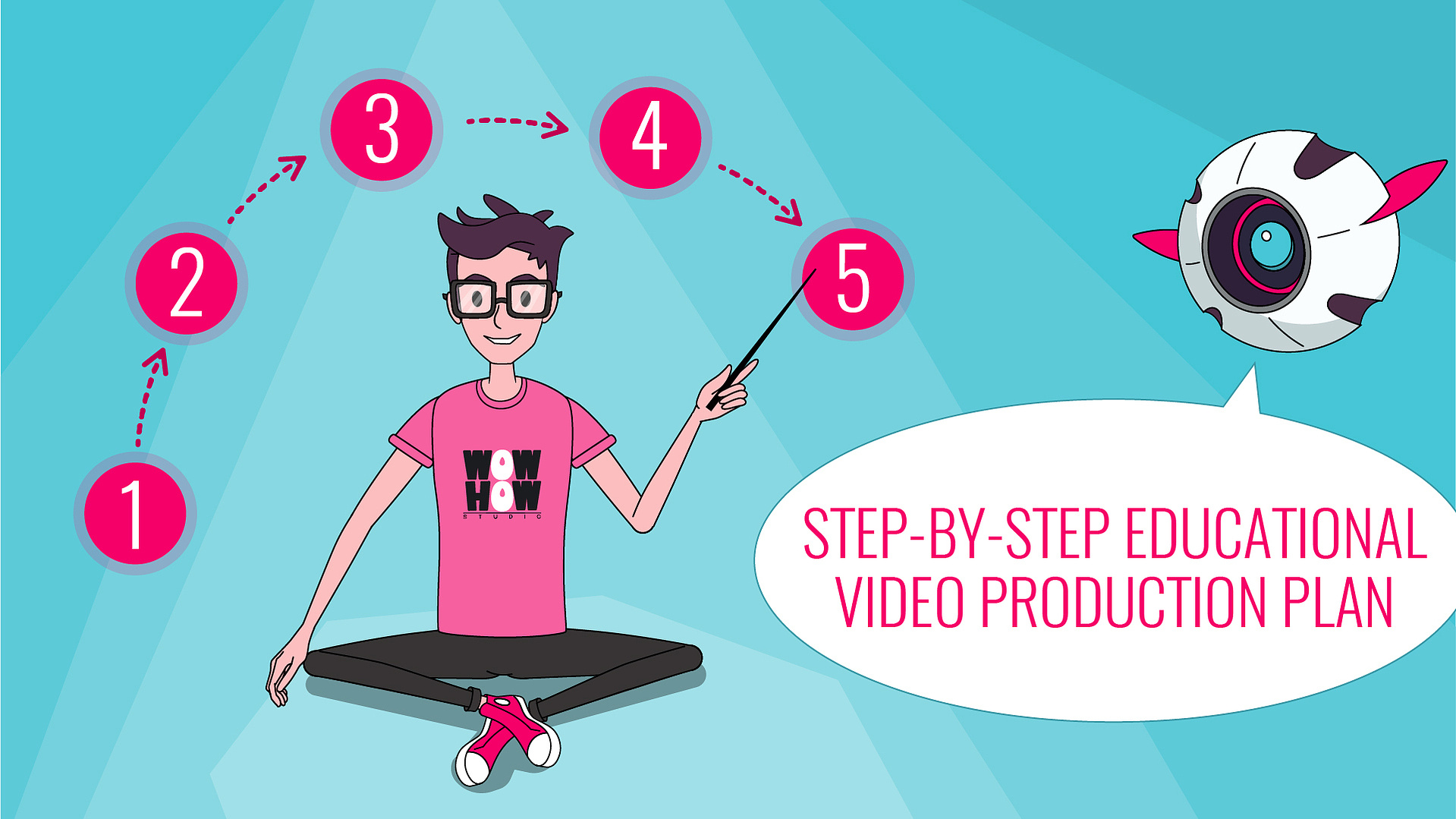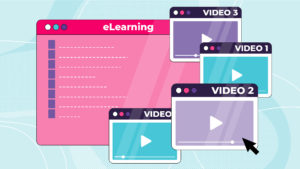


Author: Bob Jul 30, 2021 9 min read
The value-driving potential of videos goes beyond entertaining your customers. When created right, used at the right stage of the sales funnel, or smartly integrated into your business processes, they are quite able to bring even more value to the table.
In this article, I suggest revealing the benefits of making educational videos for your business and the best practices for creating them.
Educational video production covers several types of videos you can create for your users or employees.
Product demonstration videos. As a rule, product demos are used for marketing and attracting investments but when created with an educational perspective in mind, they can enrich the viewers with useful information as well.
Let me suggest you have a successfully running plant and want to advance your production line with an AI-powered IoT device. Before teaching your staff how to operate it, demonstrating to them the capabilities of the technology makes a lot of sense. In this case, product demo videos can work as an introduction to the future educational process.

How-To videos. How-to videos are the most searched types of videos on YouTube, regardless of the category. Creating them for your users is another opportunity to actually help them solve their problems, build trust, and loyalty. Your employees are also likely to appreciate detailed video instructions on how to handle a difficult task.

eLearning videos. eLearning video production means creating a series of videos around a dedicated topic. And since videos have already firmly entered the educational industry, a lot of companies providing educational services use them at the top content their students receive. eLearning videos can also be successfully used in employee training, delivering the whole set of benefits for the business.

Some features of an educational video overlap with those of an explainer video as you have already got it. Both of the video types aim at explaining to the user a certain concept but they do it differently.
Teaching video production comes with a lot of value-driving benefits your current customers, employees, and prospective leads are likely to appreciate.

What’s more, when your employees have to spend all their working day learning, it means their everyday tasks remain unsolved. In some cases, the latter may lead to profit loss. This is also the reason why educational videos on YouTube, for instance, are good for microlearning – your team members can spend up to 10-20 minutes per day learning and get back to their work tasks.
What are the benefits of using animated elements when creating educational videos? Below are some unobvious insights.
How to make educational videos? Educational video production steps are the same as with any kind of video content, but you still have to take some specifics into account. I will help you move on to create educational videos step by step.
There are two categories of users you can make educational videos for:
Sometimes, you may target your educational videos to both groups, for example, if you plan to use a product demo as a part of the staff teaching process. Still, defining your watchers and the goals of educational video production is essential.
The main goal of creating a video for the product users is to help them solve their tasks more effectively and build loyalty. In comparison, the goal of creating it for your staff is to update their knowledge, improve their skills, and/or teach them how to work with a new device or equipment.
How to make an educational video brief and what is the first step when constructing a briefing? The first step is getting back to your goal and outlining the essential things and insights you would like to share in your video. You can also think about project budgeting and start searching for a training video production company at this stage.
Storyboarding your animated educational video is a little more challenging than briefing it. At this stage, you, with your video production partner, have to create some sketches of your future video, keeping the goal and specifics of your future video in mind.
From now on, the creative process begins. Choosing an animation style for your educational video, compare the opportunities 2D and 3D can promise.
This stage has a lot of room for both creative and technical tasks. After carefully analyzing your brief and proceeding from the storyboard, the team of artists will create a full-fledged video product according to the animation style of your choice.
At the post-production stage, your video still needs some final touches to make it perfect. It is necessary to edit it a little and add a clear voiceover to complement the visual content with detailed explanations and tips.
Congrats, your video is ready to be shown to your customers or employees. Depending on your target watchers, consider the distribution channels you will use. If there is a video for staff onboarding and teaching, most companies share them via corporate email. You can also create a dedicated folder on the cloud server to let the employees access it anytime and get back to it to refresh their knowledge.
Educational videos for the customer are most often published on YouTube and shared on other social media. You can also consider adding it to your newsletter but don’t forget to highlight a video inside the subject line. In this case, your email is likely to get a higher open rate. Also, don’t forget to analyze the metrics and correlate them with your initial goal.
Integrating educational videos in your employee training or customer support process is a good idea since both user groups are more likely to engage with your content and better cope with a task you video dwell on. Their reusable nature also allows you to get ongoing benefits from educational videos distribution, so let’s get started with this task!
Subscribe to our blog to receive more video production lifehacks from experts!